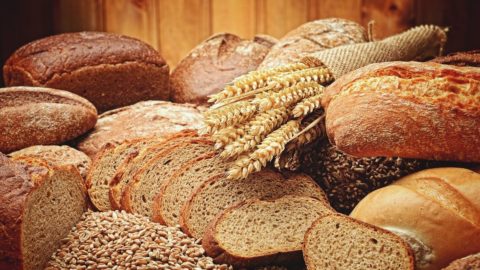Fresh bread, the inevitable companion of the Italian table. A local typicality which, however, has to deal with a variety not only of products (over 200 specialties, of which 95 already registered in the list of the Ministry of Agricultural Policies) but also of types (fresh, packaged, pre-frozen bread) with consequent diversity of processing and ingredients.
And it is precisely for this reason that al Senate, in the industry commission, an attempt is being made to give an adjustment with a focus on the typicality and specificity of the Italian artisan bakery sector. Yes, because there are substantial differences: water, flour, salt and a long leavening for artisan bread; shorter preparation times and additional ingredients including preservatives useful for a longer resistance to aging for industrial bread.
So in the meantime, let's clarify what is meant by "bread" (cooking leavened dough) “fresh bread” (prepared with a continuous, uninterrupted production process), “mother dough bread” (with natural yeast) and “mother dough bread” (made with a mix of sourdough and other yeasts in varying proportions).
Furthermore, the bill being examined by Palazzo Madama distinguishes between an intermediate product of processing and preserved or long-lasting bread. The text also prohibits the use of denominations "bread of the day", "freshly baked bread" and "warm bread", as well as any other denomination that may mislead the consumer, and establishes the cases in which it is forbidden to use the denomination "fresh bread" on the market (when it is placed on the market more than 24 hours after preparation, regardless of the methods of conservation , or when it is obtained with intermediate bakery products). Finally they are identified the indications to be reported on the label in the case of frozen product, product obtained from partial cooking and product obtained from cooking dough prepared with edible flours.
An attention, that of the Senate, in the face of a craft sector that exhibits 7 billion euros in turnover, 400.000 employees distributed in 25.000 businesses, mostly family-run and with an average of 100 kilograms of bread baked every day.





